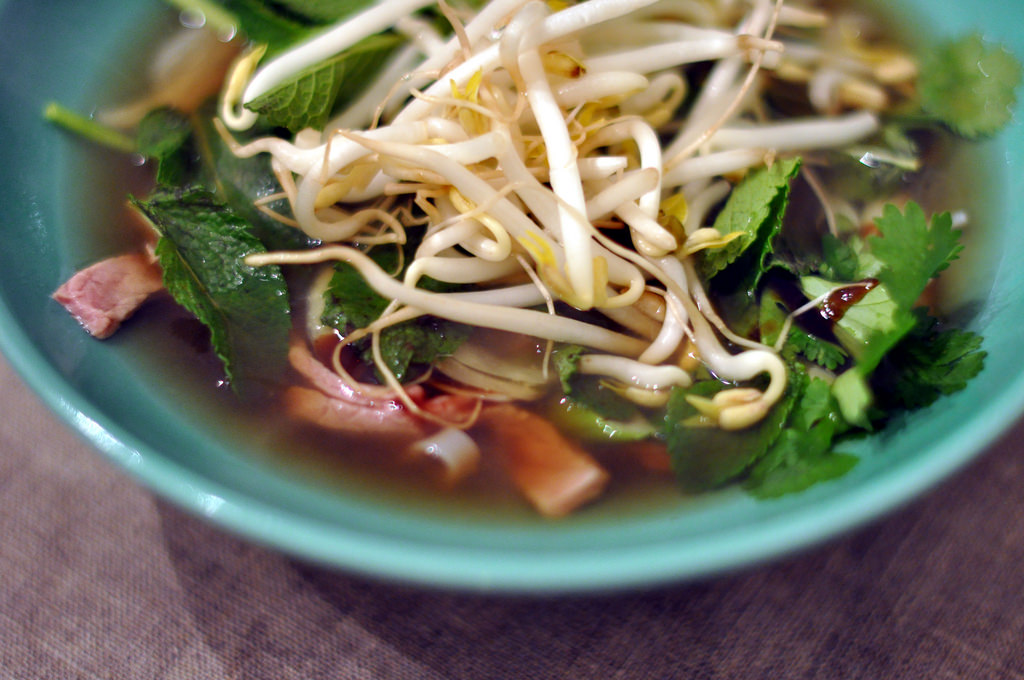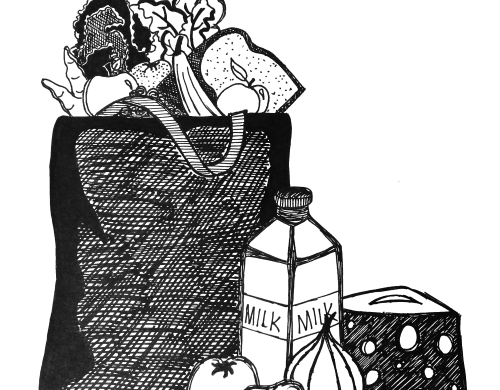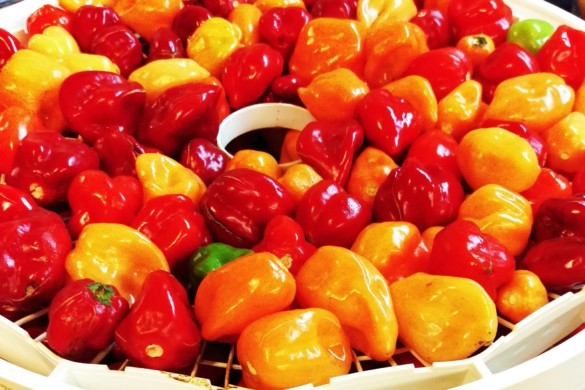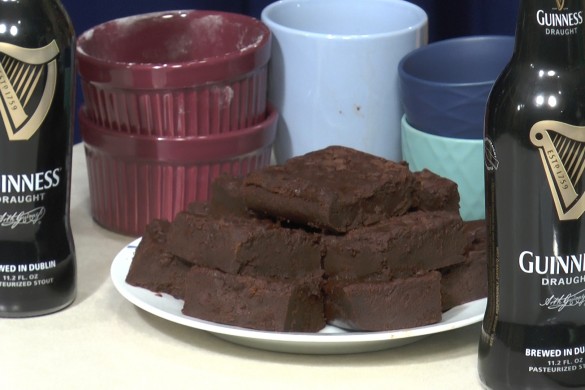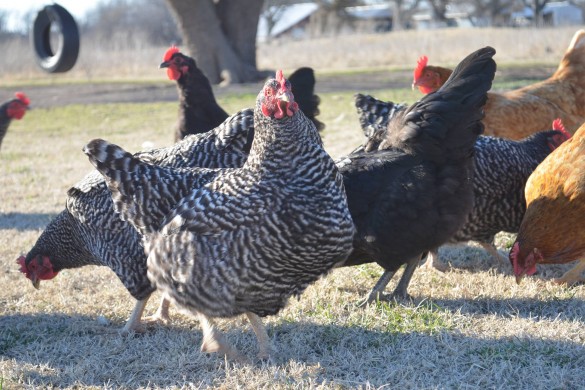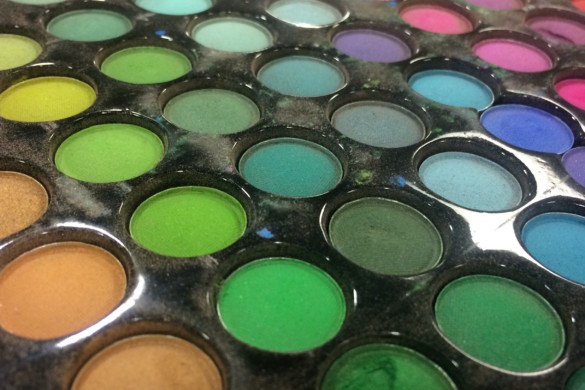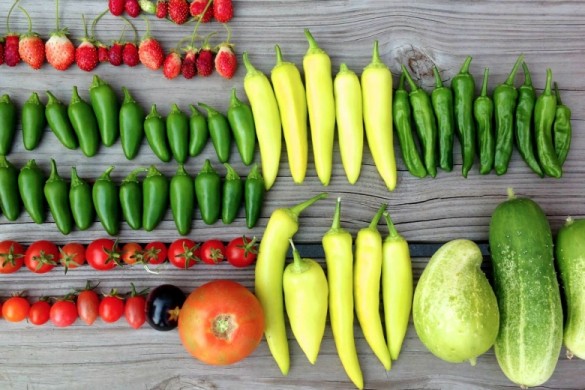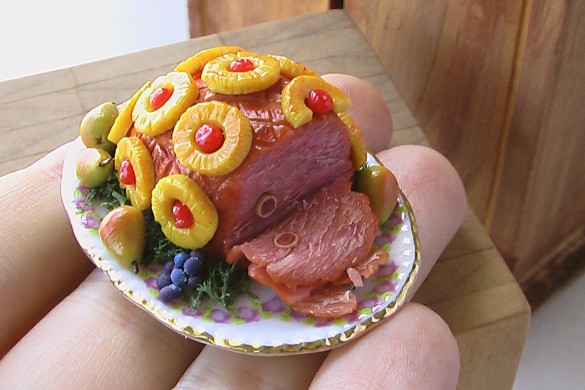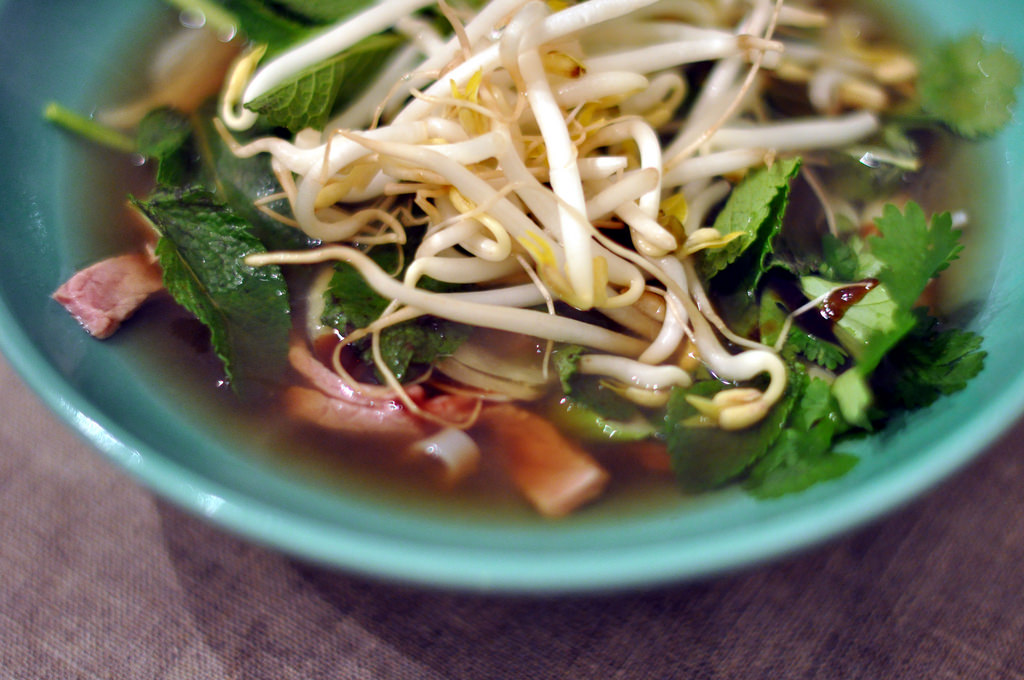
Photo courtesy of cyclonebill on Flickr via Creative Commons
Labor and love are crucial ingredients in this feel-good Vietnamese dish
Words by Gracie Piper
Andrea Nguyen was just six years old when her family fled Vietnam. It was 1975, the end of the Vietnam War. Nguyen, her parents and her four siblings left Saigon—now Ho Chi Minh City—and landed 8,212 miles away in San Clemente, California. It was nothing like home, despite her parents’ best efforts.
“They were hell bent on making sure we retained our cultural roots,” Nguyen said. “We spoke Vietnamese at home and ate mostly Vietnamese food.”
And on Sunday mornings, after church was done, they ate pho.
“We used to take pho for granted when we lived in Saigon, but in America, pho became a reminder of our traditions,” Nguyen said. “It also showed us how we could be Vietnamese in America, or rather, Vietnamese-Americans.”
Since then, pho has become more than a reminder. It’s a gateway to a culture, a food phenomenon, even a pop culture touchstone. It’s expanded from a staple of mom-and-pop restaurants into a food movement. There are pho cookoffs and pho eating competitions. There are home pho kits. Celebrity chefs like Anthony Bourdain are obsessed, preaching about its goodness to anyone who will listen. There’s even a cookbook dedicated just to pho coming out in 2017—Nguyen’s own appropriately titled The Pho Cookbook.
Pho’s origins are a little murky, though. According to Nguyen, it likely originated around the time of the French occupation of Vietnam in the early 1900s. Times were hard. People were hungry. “It’s likely that there were beef scraps left around by the French colonials,” she said. “And resourceful, scrappy street food vendors turned it into a simple rice noodle soup that initially appealed to laborers who worked along the Red River [in Hanoi].”
It caught on and spread from there. Along the way it became a symbol of resistance and resilience. Poets used it as shorthand for the grace of the Vietnamese people during occupation. Communists turned pho into watery slop that had to be rationed rather than savored. Spies used pho joints as operational hubs to help win the Vietnam War.
[Pho] satisfies their hunger for good food and self-determination.”
–Andrea Nguyen
“There are many stories that make pho more than just a bowl of noodle soup to Vietnamese people,” Nguyen said. “It satisfies their hunger for good food and self-determination.”
Which is a lot of love and responsibility for what, at its most basic level, is a simple noodle soup. At its core: clear beef broth. Then come the rice noodles and strips of meat. There’s pho bò (beef), pho ga (chicken), pho duoi bo (oxtail), pho gau (brisket) and pho sach (tripe-cattle stomach lining—but “sach” sounds so much more appetizing). Pho from northern Vietnam includes fresh chilis and mint leaves. A traditional southern bowl is served with basil, cilantro and bean sprouts with jalapeños on the side.
Cooking up one batch of the savory dish is a labor of love. According to Neal Ngu, it can take a full work day. And he whould know. His small Vietnamese restaurant A Dong, located just outside of downtown Des Moines, has been serving pho for 27 years—up to 150 bowls a day. Ngu starts with beef bones. Those are mixed with white onions, green onions, garlic and ginger, then slow-cooked for six to eight hours. “You can start to smell the flavor as they boil,” he said. After the bones are done cooking, the fat is simmered out of the liquid, another lengthy process, which results in pho’s signature clear broth. Then, right before serving, the noodles get cooked. According to Ngu, they have to be boiled right before they’re served, only taking 30 seconds to cook. When it all comes together, it’s comfort food at its best.
“It’s easy to eat,” Ngu said. “If you’ve had a hard day, it’s easy to swallow.”
And ultimately, that’s what has morphed pho from a regional staple to Vietnam’s national dish, and now into an international mainstay—no matter how you cook it.

